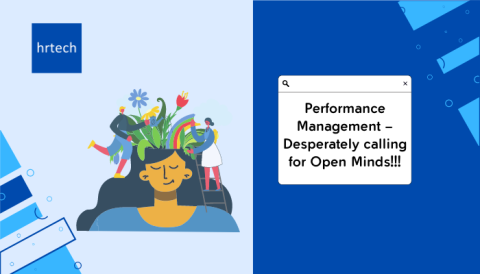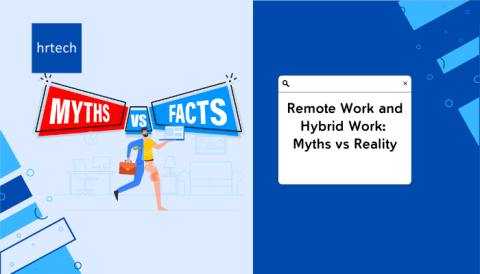High turnover doesn’t just drain budgets. It affects momentum when your best people walk out the door. A recent study reveals that 51% of workers are currently seeking new job opportunities, representing the highest turnover risk in nearly a decade. This trend makes retention strategies more urgent than recruiting alone.
In this guide, you’ll get a complete guide to keep talented employees engaged and committed. You’ll walk away with frameworks, diagnostic tools, and effective strategies that turn retention into a competitive advantage.
Key Takeaways:
- Data-driven diagnostics work: Use turnover analysis, exit interviews, and engagement metrics to identify retention gaps.
- Strategic retention pays off: Focus on competitive rewards, career development, culture alignment, and leadership quality.
- Technology amplifies results: HR platforms and analytics tools scale retention efforts across your organization.
- Partnership accelerates success: Expert guidance helps implement retention strategies faster and more effectively.
What Is Retention of Talent?
Retention of talent refers to an organization’s ability to keep valuable employees engaged and committed over time. Effective retention creates an environment where employees choose to stay, grow, and contribute their best work.
Successful retention strategies address both voluntary and involuntary turnover. While you can’t control every departure, focusing on preventable turnover makes the biggest impact.
The difference between retention and simple employee maintenance lies in engagement. Retained employees don’t just stick around. They actively contribute to company goals, refer quality candidates, and help build the culture you want. This makes retention both a people strategy and a business performance indicator that directly impacts your organization’s growth trajectory.
Let’s take a closer look at the importance of talent retention for the growth of any organization.
Why Retention of Talent Matters?
Strong retention directly impacts your company’s growth and competitive position in ways that extend far beyond HR metrics.
Here’s why retention should be a top business priority:
- Cost savings: Replacing employees creates a significant financial burden, with replacement costs varying dramatically by role level and responsibility.
- Knowledge preservation: Long-term employees maintain institutional knowledge, client relationships, and process expertise that’s difficult to replace.
- Performance consistency: Engaged, retained teams deliver better results with less supervision and higher quality output.
- Culture building: Employees who stay become culture carriers, helping onboard new hires and maintaining company values.
- Competitive advantage: In tight talent markets, organizations that retain top performers gain sustained advantages over competitors who constantly rebuild teams.
Understanding what drives people to stay becomes even more important when 87% of HR leaders identify retention as a top priority for the coming years.
Organizations that master retention strategies see measurable improvements in both financial performance and workplace culture.
For instance, companies with strong retention rates often report higher customer satisfaction scores, as experienced employees provide better service and maintain stronger client relationships.
Want to build a workforce that stays, performs, and grows with your company? Explore how TeamLease Digital helps HR leaders turn retention into a strategic advantage through tailored staffing and workforce solutions.
Understanding retention’s business impact is just the first step. Before implementing retention strategies, you need to understand where and why you’re losing people.
How to Diagnose Talent Retention Issues?
Data-driven diagnostics help identify patterns and root causes that might not be obvious from surface-level observations.
Start with systematic data collection across multiple sources to build a complete picture of your retention challenges.
1. Turnover Rate Analysis
Calculate turnover rates by department, role level, tenure, and demographics to spot patterns. High turnover in specific areas often signals management issues, workload problems, or misaligned expectations. Compare your rates against industry benchmarks to understand if your challenges are internal or market-wide.
Break down voluntary versus involuntary departures, then dig deeper into voluntary exits by categorizing reasons. Look for trends in timing. For instance, employees leaving after specific milestones, during certain seasons, or following organizational changes.
2. Exit and Stay Interviews
Exit interviews capture departing employees’ honest feedback about what drove their decision. Structure these conversations to find out specific issues rather than generic responses.
Ask about management relationships, career development opportunities, workload, and what could have prevented their departure. For example, an exit interview might reveal that a high performer left because they felt stuck in their role without clear advancement opportunities.
Stay interviews with current employees often provide more effective insights. These proactive conversations help identify retention risks before they become departures. Focus on what keeps people engaged and what concerns them about staying long-term. Additionally, stay interviews can reveal positive aspects of your culture that you should continue reinforcing.
3. Engagement Metrics and Pulse Surveys
Regular pulse surveys track engagement trends and early warning signs of retention risk. Monitor metrics like job satisfaction, manager effectiveness, career development opportunities, and likelihood to recommend your company as an employer.
Use engagement data to identify which teams or managers consistently retain talent versus those with higher turnover. This reveals best practices you can scale across the organization.
4. External Benchmarking
Compare your retention rates, compensation packages, and benefits against industry standards. Professional staffing services can provide market data to help you understand competitive positioning. This benchmarking reveals whether your retention challenges stem from below-market compensation or other factors like management quality or career development opportunities.
Monitor competitor job postings and employee reviews on platforms like Glassdoor to understand what other organizations offer and where you might be falling short. Similarly, track industry reports about workplace trends and employee preferences to stay ahead of changing expectations.
Once you understand where and why you’re losing people, you can implement targeted strategies that address the root causes.
Retention of Talent: Best Practices and Strategies
Effective retention requires a multi-faceted approach that addresses different employee needs and motivations. Focus on the areas that research shows have the biggest impact on employee decisions to stay or leave.
The most successful retention strategies work together to create an environment where people want to build their careers.
1. Competitive Rewards and Benefits
Recent workforce studies show that 58% of HR professionals point to salary expectations as the primary retention factor, making compensation strategy fundamental to retention efforts. Regular market analysis ensures your packages remain competitive, but total rewards go beyond base salary to include benefits that address diverse employee needs.
Consider flexible benefits that address different life stages and priorities. For instance, younger employees might value student loan assistance and professional development budgets, while employees with families often prioritize health insurance and flexible time off. Employee recognition programs that tie to compensation, such as spot bonuses or profit-sharing, create ongoing motivation to stay engaged.
Review and adjust compensation bands regularly, especially for high performers and roles where you’re experiencing turnover. Internal equity matters as much as external competitiveness since employees often compare their treatment to colleagues rather than external market rates.
2. Career Development and Learning Opportunities
Employees who see clear paths for growth are more likely to invest in staying with your organization. Research indicates that 75% of employees who make internal moves within their company choose to stay long-term, compared to much lower retention rates for those without advancement opportunities.
Create structured career progression frameworks that show multiple advancement paths. This includes lateral moves that build diverse skills, specialized tracks for technical experts, and leadership development for management-bound employees. Modern learning platforms should align with both employee interests and business needs, offering everything from technical certifications to soft skills development.
Regular career conversations between managers and team members help identify development goals and create accountability for growth. Make sure these discussions happen quarterly rather than just during annual reviews, allowing for course corrections and new opportunities as they arise.
3. Culture and Purpose Alignment
Employees stay longer when they feel connected to company values and see meaning in their work. This goes beyond mission statements to include day-to-day experiences that reinforce culture. For example, if your company values innovation but punishes employees for failed experiments, the disconnect will drive talent away regardless of what’s written in your handbook.
Focus on psychological safety, where people feel comfortable sharing ideas and making mistakes without fear of punishment. Strong workplace engagement includes clear communication, fair treatment, and opportunities for employees to influence decisions that affect their work.
Regular culture assessments help identify gaps between stated values and actual experiences. Address inconsistencies quickly to maintain trust and engagement, as employees notice when leadership actions don’t match company messaging.
4. Leadership and Manager Quality
Managers have a great impact on retention decisions. Poor management drives departures even when other factors like compensation and benefits are competitive.
Invest in comprehensive management development programs that cover coaching skills, feedback delivery, and conflict resolution. Managers should understand how to have career development conversations and recognize early signs of disengagement before they become retention risks.
Hold managers accountable for retention metrics within their teams. This includes regular check-ins about team health and proactive planning for succession and development. Additionally, provide managers with the tools and training they need to address retention challenges rather than expecting them to figure it out independently.
5. Flexible Work and Wellbeing Support
Work-life balance considerations rank equally with salary concerns as retention factors, making flexibility a key competitive advantage in today’s job market. This includes remote work options, flexible schedules, and policies that support personal commitments without penalizing career advancement.
Mental health and wellness programs show employees that you care about their whole-person wellbeing. This might include employee assistance programs, mental health days, or wellness stipends that employees can use for gym memberships, therapy, or other health-related expenses.
Create policies that actually get used. If you offer flexibility but workplace culture discourages taking advantage of it, the policy becomes meaningless for retention purposes. For instance, if managers consistently schedule meetings during stated “no meeting” times, employees will view flexibility policies as empty gestures.
6. Recognition and Belonging Programs
Studies reveal that employees receiving high-quality recognition are 45% less likely to leave their organization, making recognition programs powerful retention tools. Effective recognition is timely, specific, and connects individual contributions to broader team or company success.
Build both formal recognition programs and encourage informal peer-to-peer recognition. Make sure recognition happens consistently throughout the year, not just during annual reviews or special events. For example, implement weekly team shoutouts, quarterly achievement awards, and peer nomination systems that allow colleagues to recognize each other’s contributions.
Create opportunities for employees to build relationships across teams and levels. This includes cross-functional projects, mentoring programs, and social events that help people feel connected to the broader organization rather than just their immediate team.
Implementing these strategies effectively requires the right technology and frameworks to scale your efforts across the organization.
Tools and Frameworks for Retention Success
The right technology and frameworks help scale retention efforts across your organization while providing data to measure effectiveness and make improvements.
Modern retention strategies rely on integrated platforms that provide insights and automate routine tasks.
1. Analytics and Workforce Data Platforms
Modern HR analytics systems help track retention metrics, identify patterns, and predict turnover risk before it becomes costly departures. Look for systems that integrate with existing HR tools and provide actionable dashboards for managers and HR teams.
Predictive analytics can flag employees at risk of leaving based on engagement scores, performance trends, and behavioral indicators. This allows for proactive intervention rather than reactive responses to departures. For instance, analytics might reveal that employees who haven’t received promotions within 18 months show significantly higher turnover risk.
Regular reporting helps leadership understand retention trends and allocate resources where they’ll have the biggest impact on keeping valuable talent engaged and committed.
2. Engagement and Feedback Systems
Pulse survey platforms make it easy to collect regular feedback and track engagement trends over time. Integrated HR technology systems create a complete picture of employee experience by connecting engagement data with performance metrics and retention outcomes.
Real-time feedback tools help managers address issues quickly rather than waiting for annual surveys. This includes both upward feedback from employees and peer feedback systems that provide 360-degree insights into workplace dynamics.
Make sure feedback systems include action planning capabilities so insights translate into concrete improvements that employees can see and experience in their daily work.
3. Learning Management and Development Platforms
Contemporary learning management systems support career development goals that keep employees engaged and growing within your organization. Look for systems that offer personalized learning paths, skill assessments, and integration with career planning tools.
Track learning engagement and completion rates as leading indicators of retention. Employees who actively participate in development programs typically show higher engagement and lower turnover risk. Additionally, learning analytics can reveal which development opportunities generate the strongest retention results.
4. Policy and Process Redesign Support
Retention often requires updating policies and processes that create friction or frustration for employees. Strategic consulting can help identify improvement opportunities and implement changes effectively without disrupting daily operations.
This includes everything from streamlined onboarding processes that create strong first impressions to performance management systems that support ongoing development and recognition rather than annual evaluation cycles.
Regular process audits help ensure your systems continue supporting retention goals as your organization grows and changes. What worked for 50 employees might create bottlenecks at 200 employees, requiring proactive adjustments to maintain effectiveness.
While having the right tools matters, implementing a comprehensive retention strategy often requires expertise and resources that many organizations lack internally.
How TeamLease Digital Can Help You Hire and Retain Top Talent
Many organizations struggle with retention because they lack the integrated approach, technology, or expertise needed to address multiple factors simultaneously. TeamLease Digital provides comprehensive workforce solutions that help you build retention into every aspect of your talent strategy.
If your team’s growth is being held back by high attrition, disconnected tools, or poor cultural fit, we can help.
- End-to-end Staffing Support: Our talent acquisition professionals manage the complete hiring lifecycle with AI-powered recruitment tools that improve candidate fit and reduce time-to-hire, setting the foundation for better retention from day one
- HR Technology Marketplace: Access 450+ curated HR technology solutions covering every stage of the employee lifecycle, with personalized recommendations tailored to your organization’s size and retention goals
- Strategic HR Consulting: Get expert guidance on process redesigns, retention audits, and policy updates that address root causes of turnover rather than just symptoms
- Enterprise Learning Solutions: Our network of 10,000+ trainers delivers blended learning programs that support career development and skill building—key factors in long-term retention
- Workforce Analytics and Insights: Data-driven approaches help identify retention risks early and measure the effectiveness of your retention strategies over time
Retention isn’t just an HR challenge. It’s a business opportunity. Let us help you seize it. Talk to TeamLease Digital and explore retention solutions built for your workforce.
Final Thoughts
Effective talent retention starts with understanding that people stay where they feel valued, challenged, and connected to something meaningful. The organizations that master retention treat it as a strategic advantage rather than just an HR metric.
When you combine data-driven insights with practical strategies and the right technology support, you create an environment where talented people choose to build their careers.
TeamLease Digital helps organizations move from reactive retention tactics to proactive workforce strategies that drive business results.
Ready to build a workforce that grows with your business? Contact our team to explore how we can help you create a retention strategy that works.
FAQs
1. What’s the difference between employee retention and employee engagement?
Retention measures whether people stay with your organization, while engagement measures how committed and motivated they are while employed. High engagement typically leads to better retention, but you can have retained employees who aren’t fully engaged.
2. How do we balance retention efforts with performance management?
Effective retention doesn’t mean keeping everyone regardless of performance. Focus retention efforts on high-performers and employees with growth potential while maintaining clear performance standards for all team members.
3. What role does company size play in retention strategy effectiveness?
Smaller companies often succeed with personalized approaches and direct leadership involvement, while larger organizations need systematic processes and technology support. Both can achieve strong retention with strategies appropriate to their scale and resources.
4. How can startups compete with larger companies on retention when budgets are limited?
Startups can offer equity participation, rapid career growth, diverse responsibilities, and closer relationships with leadership. Focus on non-monetary benefits like flexibility, learning opportunities, and meaningful work that larger companies struggle to provide.







